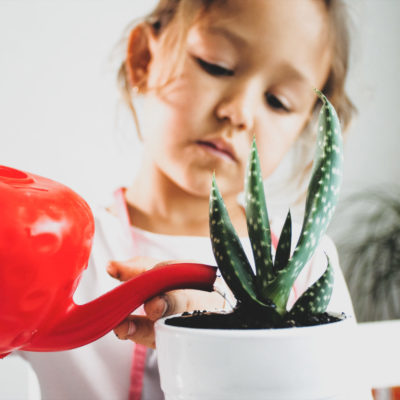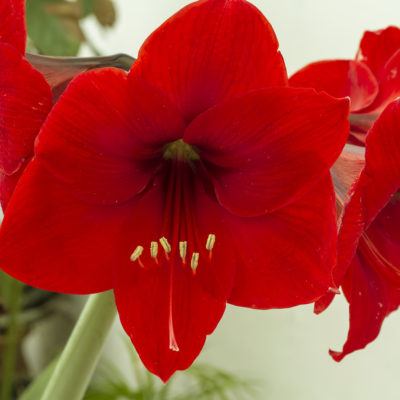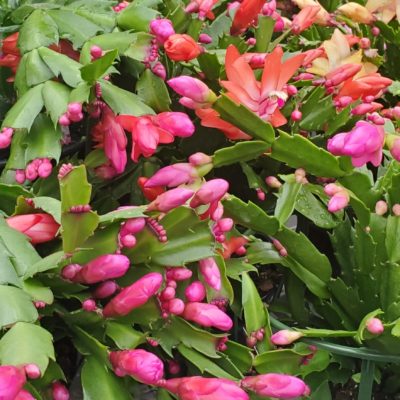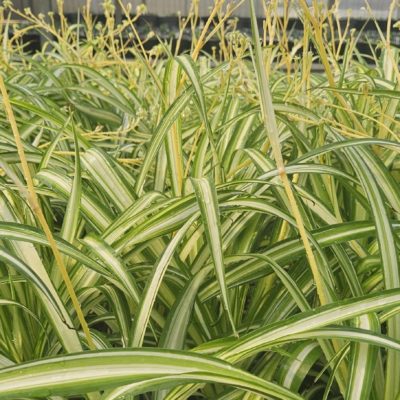
Perennial Profile: Perennial Fruit and Vegetables
There is nothing better than picking your own fresh fruit straight from the vine, or runner, or cane for that matter! Soaking up all that sunshine and deep waterings means extra fresh flavour, not to mention the lack of being packed on a transport truck for thousands of miles. So why not add to your growing edible gardens with Belgian’s selection of Perennial Fruit and Vegetables?
First, the basics: nearly every Perennial Fruit and Vegetable needs a full sun location (at least 6 hours per day) and regular watering, especially in the first few years of growth and while it’s fruiting. Most varieties will take at least 2 years before you get a decent harvest, though some can take up to 7! And each has its own flowering and fruiting seasons; check the individual tags for even more detailed information on planting, pollinating, harvesting, and pruning needs.
Perennial Fruit:
Blackberry (Rubus)
Height: ranging from 3 to 8 ft (100 to 300cm) Spread: 3 ft (100cm) Plant 3 to 8 ft apart in Spring
Harvest: depends on variety Fruit: Large dark purple to black berries with tart flavour
These upright canes can be covered with tiny thorns, but there are thornless varieties available. They have a vigorous spreading habit thanks to their underground rhizomes, so be sure to allow plenty of room to grow and/or keep up with the cane pruning! The canes will grow for one year and then fruit in their second year; in early spring, cut away the thicker previous year’s fruiting canes, along with any that didn’t make it through winter.
Blueberry (Vaccinium)
Height & Spread: Highbush varieties range from 18 to 46” (45 to 90cm); Lowbush varieties range from 6 to 18” (15 to 45cm) Plant 2+ varieties (for better cross pollination) at least 2 ft apart in Spring
Harvest: Summer Fruit: Small, round berries get sweeter a few days after reaching full colour
Blueberries are unique because they are one of the few Perennial fruit that tolerate acidic soil! So they’re perfect for near pine trees or cedar bushes, so long as they can still get at least 6 hours of direct sunlight; they can thrive in average soil conditions, as well. Go for at least 2 different varieties to help with cross pollination, which will result in higher yields and tastier harvests for your fruit salads! For their first year, remove any flowers to help them focus on strong root production; mulch and water deeply, and weed around the crowns carefully. Do not prune them for the first 3 years except for any dying or dead branches. In Year 3 you can prune them back by up to one-third.
Grape (Vitis)
Height: ranging from 5 to 6 ft (150 to 200cm) Spread: 3 to 6 ft (100 to 200cm) Plant 6 ft apart
Harvest: after 3-7 years in late Summer/Fall Fruit: Clusters of round, juicy fruit in red, purple/blue, or white/green varieties
Grapes are incredible for snacking or wine making, depending on the variety you choose, though they all require patience and pruning to get a good harvest. The climbing vines require vertical support and very good air circulation, and prefers loose, well-drained soil. For the first 3 years, pinch back any flower buds and suckers to promote branching and root growth. You can cut back the leaf canopy if it’s getting too dense and/or starts to cover the fruit clusters. Taste the individual fruit as it appears, and cut the entire cluster when it reaches the desired flavour.
Raspberry (Rubus)
Height & Spread: approx. 4 ft (120cm) Plant 3 ft apart Fruit: Brightly coloured, deliciously tart berries
Harvest: Summer Bearing in late Spring to Summer; Everbearing in Fall and late Spring
Much like Blackberries, Raspberries have thorny or thornless varieties available and grow on upright canes with a vigorous spreading habit – give them plenty of room to spread! Everbearing varieties have 2 harvests, starting in the Fall and again the following Spring (they work on a different calendar); cut back their second year canes in early spring. Summer Bearing Raspberries bear fruit in late Spring/Summer and only on their second year canes, so cut back all their canes in late winter. You’ll know the fruit is ready to pick when it pulls away from the cane without too much effort.
Strawberry (Fragaria)
Height: 6 to 12” (15 to 30cm) Spread: 18” (45cm) Plant 30” apart
Harvest: depends on variety Fruit: Deliciously sweet red berries with tiny exterior seeds
Nothing tastes like summer like a fresh Strawberry! These low growers produce their flowers (and, later, sweet fruits) on long tendrils or “runners” and are available in two varieties: June Bearing offers one large harvest in late Spring/early Summer of big, bright red berries that are perfect for jams and freezing; Everbearing has smaller fruit but a longer harvest, from late Spring off-and-on to early Fall, and are perfect for snacking right off the runner! Cut off any flowers and runners in the first year to help promote root growth, and clear away any dead foliage or rotten fruit once they’re done fruiting. You can use straw as either a spring/summer mulch to keep the berries off the soil, or as a cover against winter damage (get it, straw-berry!)
Perennial Vegetable:
Asparagus (Asparagus)
Height: ranging from 3 to 6 ft (100 to 200cm) Spread: 1 to 3 ft (30 to 100cm) Plant 12 to 18” apart
Harvest: in second year, in April Produce: Tender green stalks with tightly packed tips
Asparagus is one that needs just a bit of patience, since you want to give them at least a full year in the ground before harvesting. They can be planted individually or in hilled rows about 12” (1 ft) wide and deep; they prefer a sandier soil, so amending your garden plot with some sand is beneficial. Water them deeply and regularly to keep their stalks tender, and weed often. In the second year, snap the stalks just above soil level once they are about 6 to 8” (15 to 20cm) tall and their tips are still tight. Cut back all the foliage in early fall or late winter.
Rhubarb (Rheum)
Height: 3 ft (100cm) Spread: 4 ft (120cm) Plant 2 to 4 ft apart
Harvest: Spring to Summer Produce: Thick, very tart stalks ranging from cherry red to light green
Caution: Foliage is Toxic
Strawberry’s best friend! The at-times intensely tart stalks work so well against the Strawberry’s super sweetness, they’re a match made in dessert heaven! A single Rhubarb can live up to 20 years (or more if you start dividing every few years) and is one of the few edibles that can handle some shade. Keep them in rich, well-drained soil and make sure they’re mulched and watered deeply through their first year. After their first year, gently pull the 12” stalks from the base, leaving a few behind to keep growing and producing – Only Eat the Stalks as The Foliage is Toxic! Cut back all growth and remove any leaf debris in fall before the frosts arrive, as the frost can cause the toxins in their leaves to travel down the stalks into the root system and soil.





